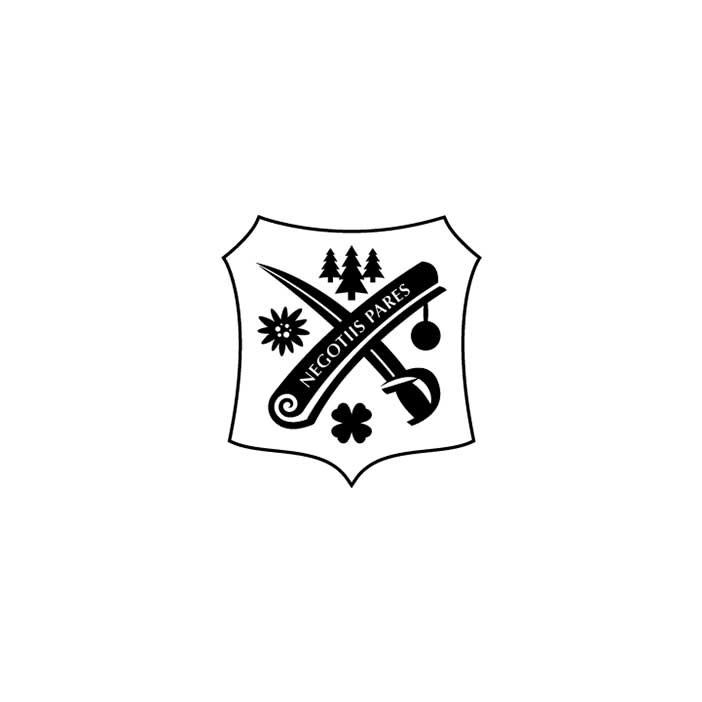Look closely - Cullen was a visionary
BY HENRY LEHMANN
THE GAZETTE, MONTREAL
September 23, 2000
In the context of contemporary art, the work of Maurice Cullen (1866-1934) might seem incredibly conservative. Yet, in his time, the late 19th and a chunk of the 20th century, his work was quite radical. Cullen’s vision of reality was especially far out in a Canada still under the pall of picturesque landscapes that passed for high art. Now a dazzling small show gives us a chance to savour the nuanced brushwork that will keep Cullen entirely relevant as long as there are people with eyes to see.
Galerie Walter Klinkhoff is currently presenting its annual retrospective of a featured artist. Included are 34 paintings touching on nearly all phases of Cullen’s career. This, the 25th retrospective, is not a commercial show but a homage to an artist who was a favourite of the late Walter Klinkhoff, founder of the gallery. The works are not for sale and have been borrowed from various private Montreal collections. The show begins with a few sun-dappled landscapes done in France.
Like another Montrealer, James Morrice, Cullen was enthralled by Impressionism. But if Morrice always had a sweet tooth for the exotic, faraway lands, Cullen was drawn to what he knew. After he returned to Canada, Cullen pushed bright pigments off his palette and replaced them with tones that are murky – with a vengeance. The Montreal buying public like dignified browns but not these muddy stretches. In Winter Night, Craig Street, from 1899, the darkness is almost palpable. This shroud-covering snow and architecture alike is penetrated only by the yellowish light of store windows. Bleakness assumes a certain poetic richness in a 1915 painting, Fletcher’s Field, Shoveling Snow. This work is in pastel which for Cullen might be described as the ultimate medium.
Pastel, which Cullen had learned at the École des Beaux Arts de Paris, was often used for the "finished" work that had previously progressed from sketch to oil painting. Countering the delightful gloom of some of the paintings in the first part of the current show are the snow scenes hung in the gallery’s second room. Of course, the snow is almost never snow white, but rather blue or mauve depending on the time of day and the ruggedness of the geography. Ultimately, Cullen’s work is reducible to beautiful brushwork, with the canvas itself becoming a kind of subtle topography. There’s no question that the Group of Seven, who came to dominate the art scene a few decades later, had much to learn from this avant-garde painter: Cullen gained the recognition of his peers in his own time – in 1907 he was made a full member of the Royal Canadian Academy – but it is only after his death that he achieved renown.
Copyright © The Gazette, Montreal





Add a comment